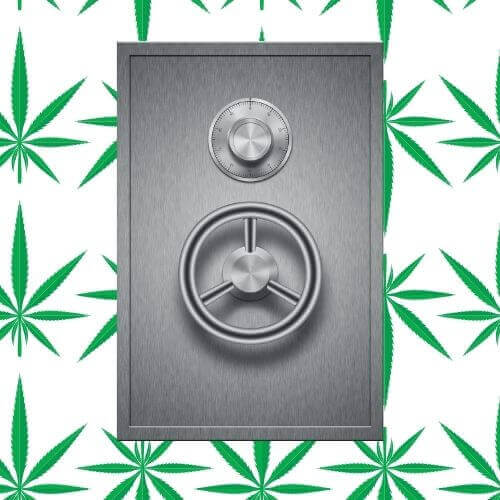
In Washington state, Initiative 502 legalized the sale and recreational use of small amounts of licensed and regulated marijuana-related products for adults aged 21 and over. Regardless of its legal status, veterinarians have been aware of it as a toxicant for as long as it has been a commonly used medical and recreational substance. Trupanion, a Seattle-based pet insurance provider reported that the number of marijuana toxicity cases in all states increased by 50% per capita from 2014 to 2015. In April 2017, they also reported that Washington state had the highest frequency of marijuana toxicity claims per pet, closely followed by California, Colorado, Oregon, Massachusetts, and New York. In early 2019, the ASPCA Poison Control Center observed a 765% increase in case reports from the prior year. With many states legalizing marijuana in at least some form, this is not surprising.

Because dogs think that most things are potentially edible, they represent the majority or marijuana toxicities. Cats are probably too busy getting high on catnip and plotting world domination. So, what happens after your dog eats your stash? Well, the good news is that the lethal dose of marijuana is quite high. Be aware though that producers have continued to refine their products toward higher THC concentrations, so some products may carry more risk with accidental ingestion. The prognosis can also be more complicated if there are other ingredients ingested such as xylitol or chocolate from edibles, which can be fatal without appropriate treatment. Trupanion has previously reported that 10% of reported marijuana toxicities were accompanied by chocolate toxicity. As long as THC is the only toxin, the treatment is straightforward and the prognosis is generally very good.
Dogs commonly present to their veterinarian with symptoms such as lethargy, ataxia (lacking muscle control), disorientation and hyperesthesia (increased sensitivity to stimuli like smell or touch), dilated or constricted pupils, low body temperature, and low heart rate. Dribbling urine is a hallmark symptom. Agitation, elevated heart rate and temperature, seizures, coma, and death, fortunately are less common, but are more often observed with high potency ingestion.

It is most important that owners be open and honest with their veterinarian. As with any toxicity, estimated time of ingestion, amount and potency of the product (save and check the packaging), and reported symptoms are extremely helpful. Veterinarians are not obligated to report to the authorities in situations of toxicity no matter the product and just want to treat your pet as quickly and effectively as possible. Delaying a diagnosis can result in unnecessary testing or treatments at your expense.
The treatment for marijuana toxicity is primarily symptomatic and supportive. If your pet ingested a small toxic dose and has only mild symptoms, once your pet is examined monitoring may be the recommended treatment. Because the onset of symptoms can be observed as quickly as 30 minutes, inducing vomiting is not always recommended except in cases of very recent ingestion or large toxic doses. One of THC ‘s common effects is reduced vomiting and if a pet is experiencing sedation from the drug they are at a higher risk of choking and suffering from aspiration pneumonia.
Similar to treatment for other poisons, activated charcoal may be used to bind to THC within the gastrointestinal tract and aid excretion. Your pet may be hospitalized for professional monitoring, intravenous fluid therapy, temperature control, and other symptomatic treatment. Interestingly, THC is fat-soluble and veterinarians have figured out how to make this work for your pet. In cases of severe toxicosis, intravenous lipid infusions can be used to bind up THC in the bloodstream to aid elimination. This is most commonly used in patients that have ingested large toxic doses or have the most severe symptoms, such as respiratory depression that requires use of a ventilator.

So, what’s the bottom line? Keep your marijuana products out of reach of pets and children, be honest with your veterinarian, and hopefully Fido will be back to normal soon!
Erin West, DVM
Green Lake Animal Hospital
